Maths is an important subject that lays the foundation for a student’s future. For many students, maths can be a daunting subject, but with the right approach, it can also be an exciting and engaging one. Class 2 Math is a crucial stage in a student’s education and lays the foundation for their understanding of the subject. This comprehensive guide aims to unlock the secrets of Class 2 Math and help students understand the key concepts, questions and solutions that are covered in this class.
Key Concepts in Class 2 Maths
The Class 2 Maths curriculum is designed to introduce students to the basics of mathematical concepts and problem-solving skills and upgrade their learning from class 1. The following are some of the key concepts that students will learn in Class 2 Math:
Geometry: Students will learn about basic geometric shapes and their properties.
Numbers and Operations: Students will learn about numbers, counting, addition and subtraction, division and place value.
Mental Maths: Students will learn about how to add and subtract mentally, identify currency notes and transact an amount using 3-4 notes.
Measurement: Students will learn about length, weight and volume of various physical and imaginary objects.
Data Handling: Students will learn about data collection, analysis, and, as well as interpretations.
Topics Included In Class 2 maths
- Geometry
- Numbers
- Addition and Subtraction
- Mental Arithmetic
- Money
- Measurement
- Data Handling
- Patterns
Class 2 Maths Detailed Syllabus
GEOMETRY
Shapes & Spatial Understanding
3-D and 2-D Shapes
- Observes objects in the environment and gets a qualitative feel for their geometrical attributes.
- Identifies the basic 3-D shapes such as cuboid, cylinder, cone, sphere by their names.
- Traces the 2-D outlines of 3-D objects.
- Observes and identifies these 2-D shapes.
- Identifies 2-D shapes viz., rectangle, square, triangle, circle by their names.
- Describes intuitively the properties of these 2-D shapes.
- Identifies and makes straight lines by folding, straight edged objects, stretched strings and draws free hand and with a ruler.
- Draws horizontal, vertical and slant lines (free hand).
- Distinguishes between straight and curved lines.
- Identifies objects by observing their shadows.
NUMBERS
- Reads and writes numerals for numbers up to ninety nine.
- Expands a number with respect to place values.
- Counts and regroups objects into tens and ones.
- Uses the concept of place value in the comparison of numbers
- Counts in various ways:
- Starting from any number.
- Group counting etc.
- Arranges numbers up to hundred in ascending and descending order.
- Forms the greatest and the smallest two digit numbers with and without repetition of given digits.
- Indicates and identifies the position of an object in a Line.
Addition And Subtraction
- Adds and subtracts two digit numbers by drawing representations of tens and ones without and with regrouping.
- Adds zero to a number and subtracts zero from a number.
- Observes the commutative property of addition through patterns.
- Solves addition, subtraction problems presented through pictures and verbal description.
- Describes orally the situations that correspond to the given addition and subtraction facts.
- Estimates the result of addition and subtraction and compares the result with another given number.
Preparation For Multiplication And Division
- Discussion of situations involving repeated addition and situations involving equal sharing.
- Activities of making equal groups.
MENTAL ARITHMETIC
- Adds and subtracts single digit numbers mentally.
- Adds and subtracts multiples of ten mentally.
Money (3 hrs)
- Identifies currency – notes and coins.
- Puts together amounts of money not exceeding Rs 50/-.
- Adds and subtracts small amounts of money mentally.
- Transacts an amount using 3-4 notes.
MEASUREMENT
Length
- Measures lengths & distances along short & long paths using uniform (non-standard) units, extends to longer lengths.
Weight
- Compare two or more objects by their weight.
- Appreciates the need for a simple balance.
- Compares weights of given objects using simple Balance.
Capacity (Volume)
- Compares and orders containers in terms of internal volume(capacity).
- Orders given containers as per their capacities on the basis of perception & verifies by pouring out etc.
TIME
- Gets familiar with the days of the week and months of the year.
- Gets a feel for the sequence of seasons (varying locally).
- Sequences the events occurring over longer periods in terms of dates/days.
DATA HANDLING
- Collects data through measurement.
- Represents the data followed by discussion (e.g. heights of children).
- Collects and presents the data on birthdays.
- Draws inferences from the data at the appropriate level.
Patterns (10 hrs.)
- Observes and extends patterns in sequence of shapes and numbers.
- Searches for patterns in different ways of splitting a number.
- Creates block patterns by stamping thumbprints, leaf prints, vegetable prints, etc.
- Creates patterns of regular shapes by stamping.
Class 2 Math is a crucial subject when it comes to determining a student’s future. By understanding the key concepts, common questions and solutions, students can develop a strong foundation in Class 2 Math and set themselves up for success in the future. Remember, the key to success in Class 2 Maths is practice, seeking extra help when needed, focusing on understanding, and developing good study habits. Get ahead in your studies today and find the potential of Class 2 Maths!
Frequently Asked Questions
What are the key concepts in CBSE Class 2 Maths?
The key concepts in Class 2 Math include numbers and operations, measurement and geometry, patterns and algebra, and data handling and probability.
How can I improve my problem-solving skills in Class 2 Maths?
Practice, seeking extra help, focusing on understanding the concepts, and developing good study habits are all effective ways to improve problem-solving skills in Class 2 Maths.
What kind of questions will I face in Class 2 Maths exams?
The questions in Class 2 Maths exams may include basic arithmetic operations, geometry problems, pattern recognition, and data handling and probability questions.
How can I get extra help with CBSE Class 2 Math if I am struggling?
Seeking help from a tutor, getting extra support from a teacher, or working with study groups are all effective ways to get extra help with Class 2 Maths.
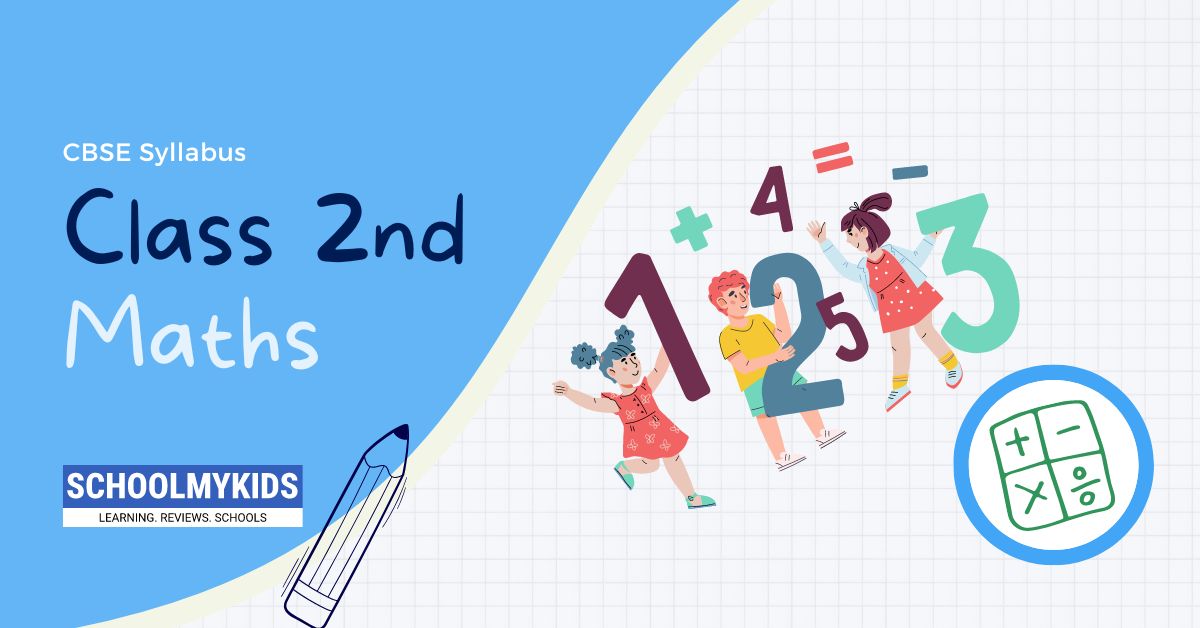
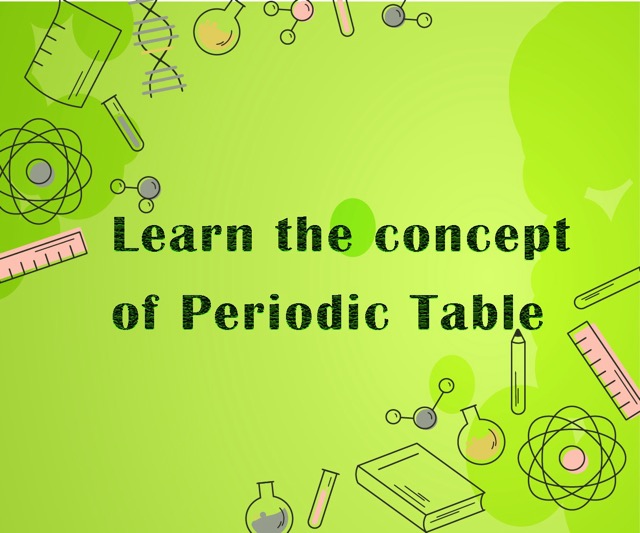



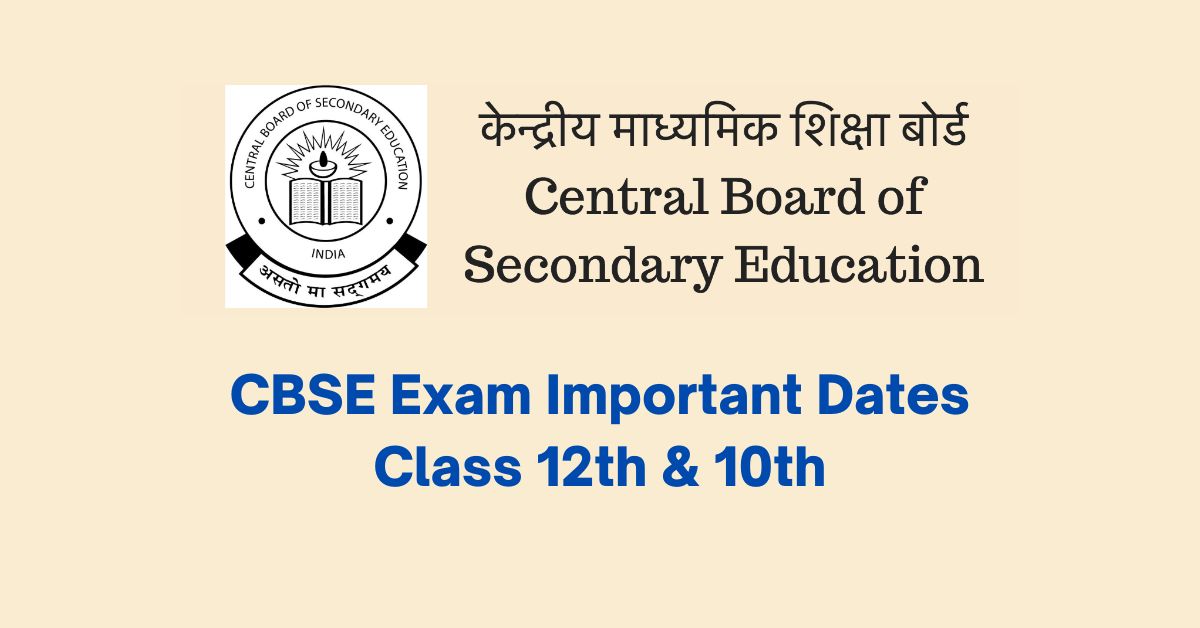
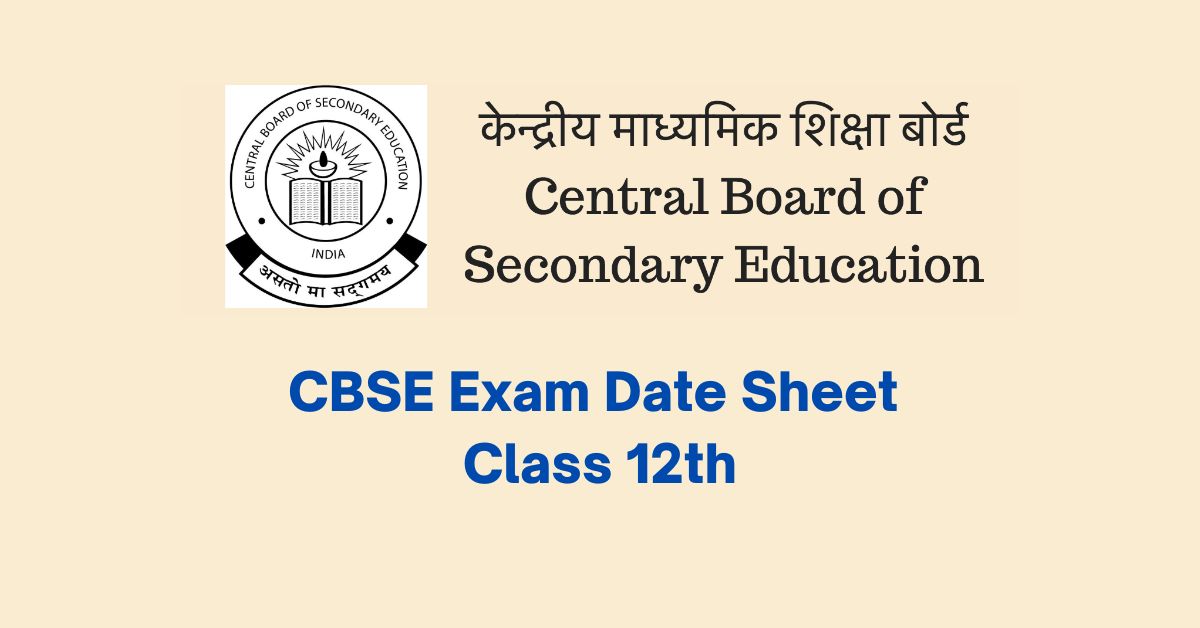
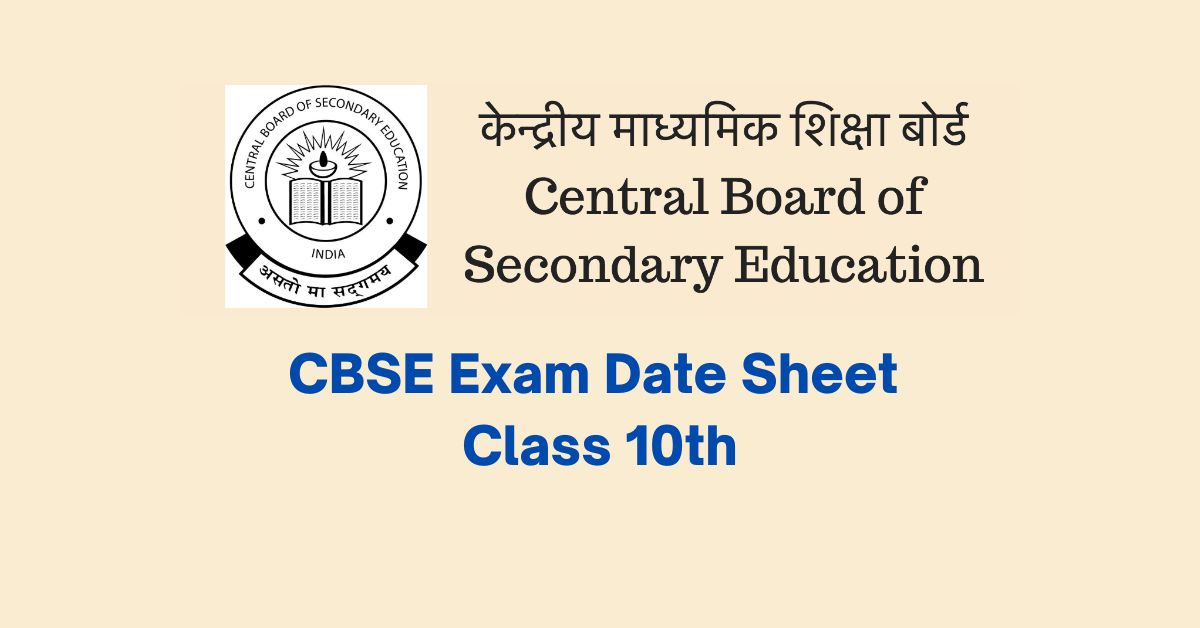
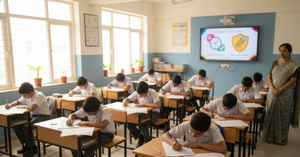
Be the first one to comment on this story.